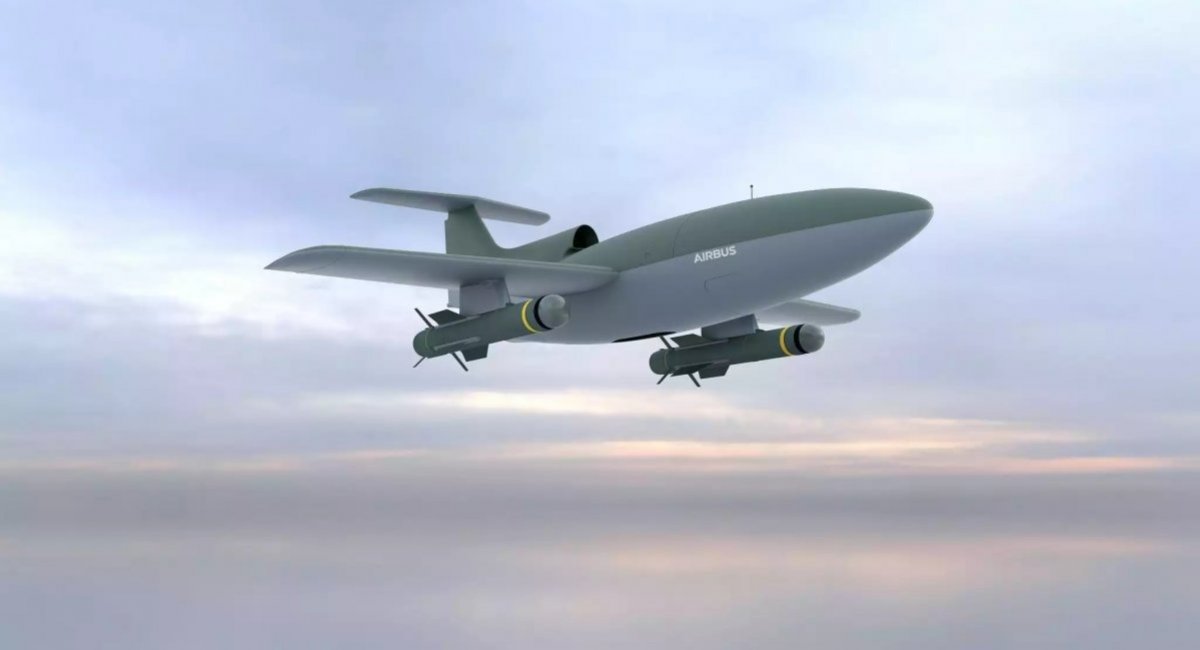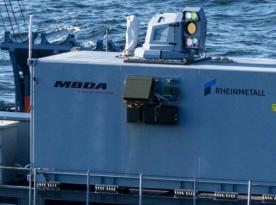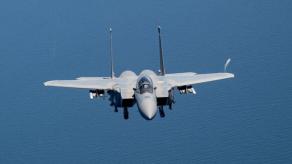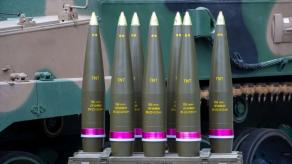At the Unmanned Systems X exhibition in Bonn, Germany, Airbus unveiled its new concept for countering Shahed-type unmanned aerial vehicles. The system was named LOAD (Low-cost Air Defense), emphasizing affordability as the core idea behind the concept.
In essence, it's a jet-powered fighter drone that engages threats using cheap missiles. LOAD is built on existing technologies, particularly the Do-DT25, a target drone used for training of pilots and air defense crews. In general, the Do-DT series has been in production since 2002, with over 2,000 units manufactured.
Read more: NATO Standards Go Out the Window in the New Loke AA Gun: 84 Days of Development and Lego-Like Assembly
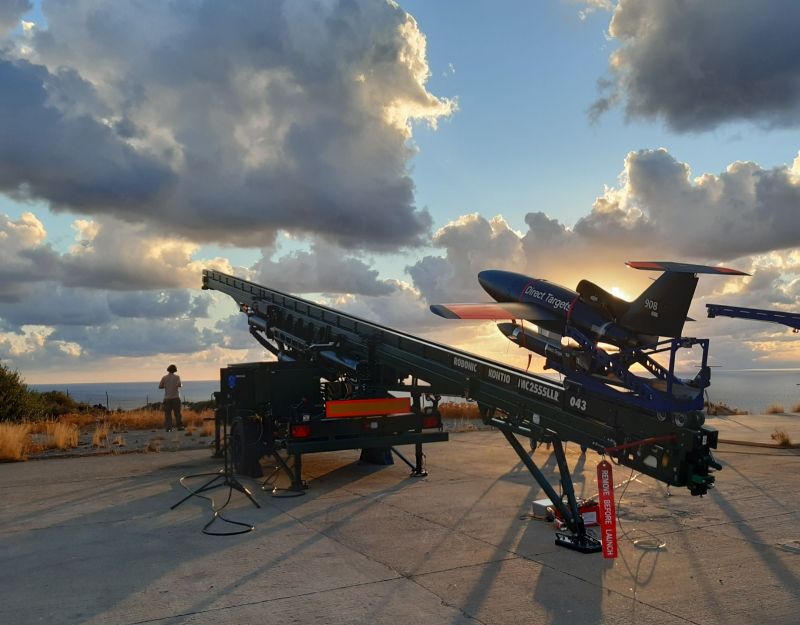
As for the Do-DT25 model specifically, it has a top speed of 550 km/h and an endurance of up to 60 minutes. It measures 3.1 meters in length with a 2.5-meter wingspan and a maximum takeoff weight of 144 kg. Launched via catapult and recovered by parachute, it serves as the foundation for LOAD.
According to the company, LOAD is designed to carry up to three missiles for intercepting long-range enemy drones. Targeting will likely rely on coordination with ground-based radars rather than an onboard radar, keeping costs down.
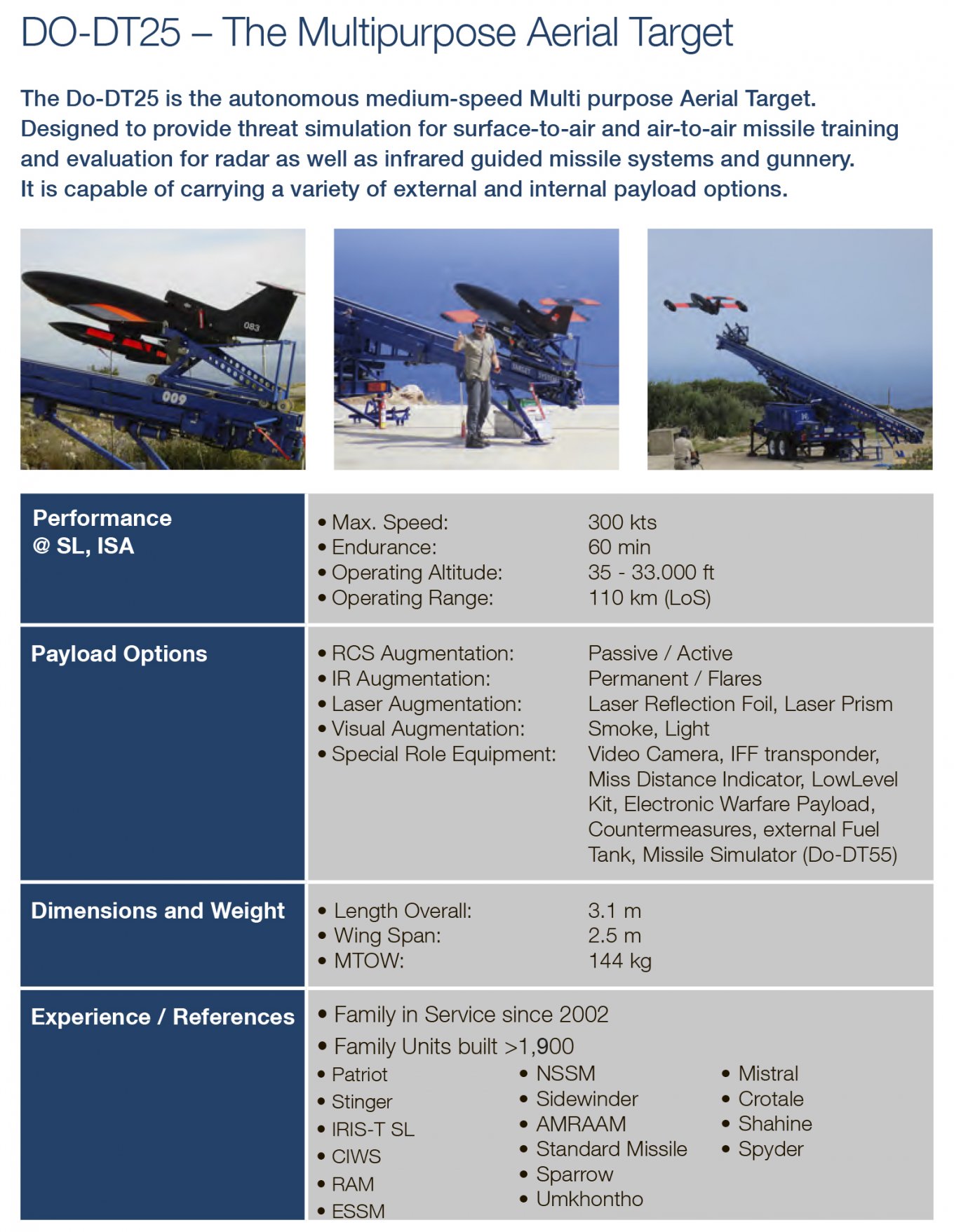
The landing system will need adjustments due to the fragile original design. And provided that LOAD won't have an optical sighting system, as shown in the rendered image, missile guidance will rely on onboard homing heads.
Also, although Airbus has not specified the missile type, the illustrative render appears to feature a missile derived from MBDA's Enforcer light ATGM. The Enforcer, weighing 7 kg, has a 2 km range when launched from the ground, which would likely increase when fired from a jet-powered UAV. It already has a 1 kg multifunctional warhead capable of airburst detonation.
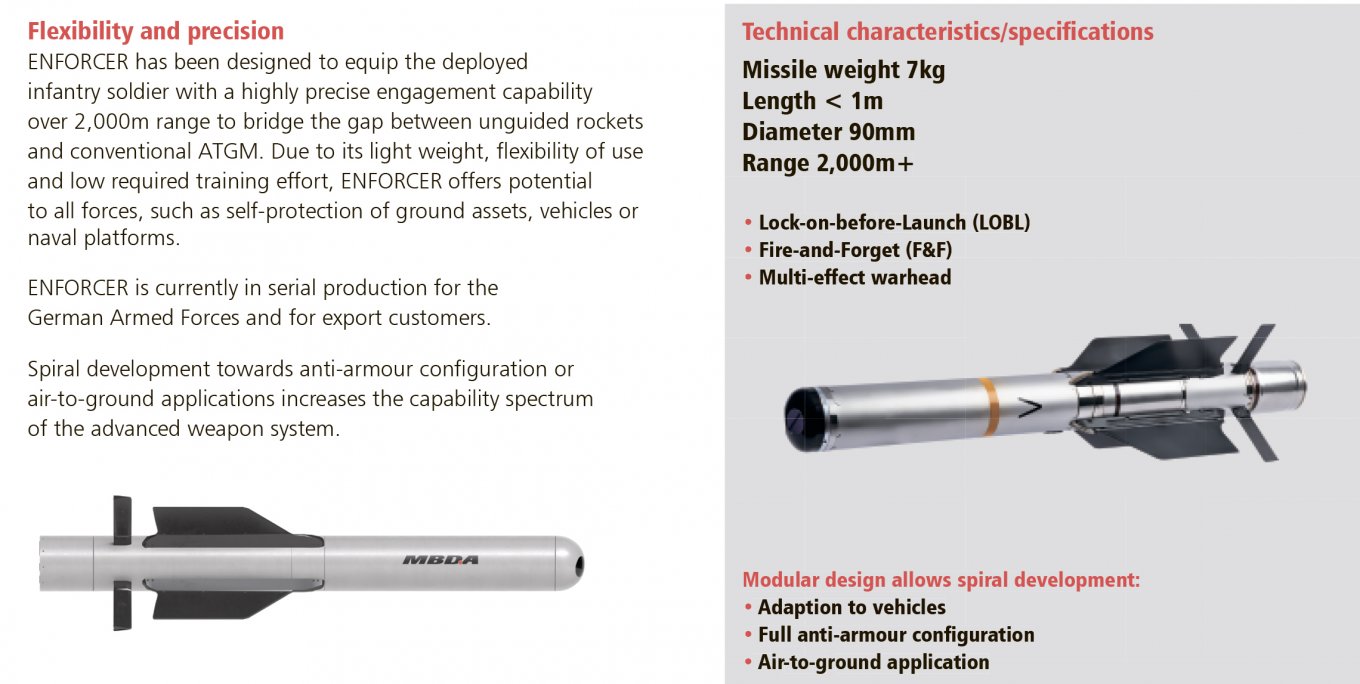
However, LOAD will more likely be armed with an Enforcer variant called the Small Anti-Drone Missile (SADM) instead, designed for the SkyWarden anti-drone defense system. It comes either as a single-stage rocket or equipped with an additional booster.
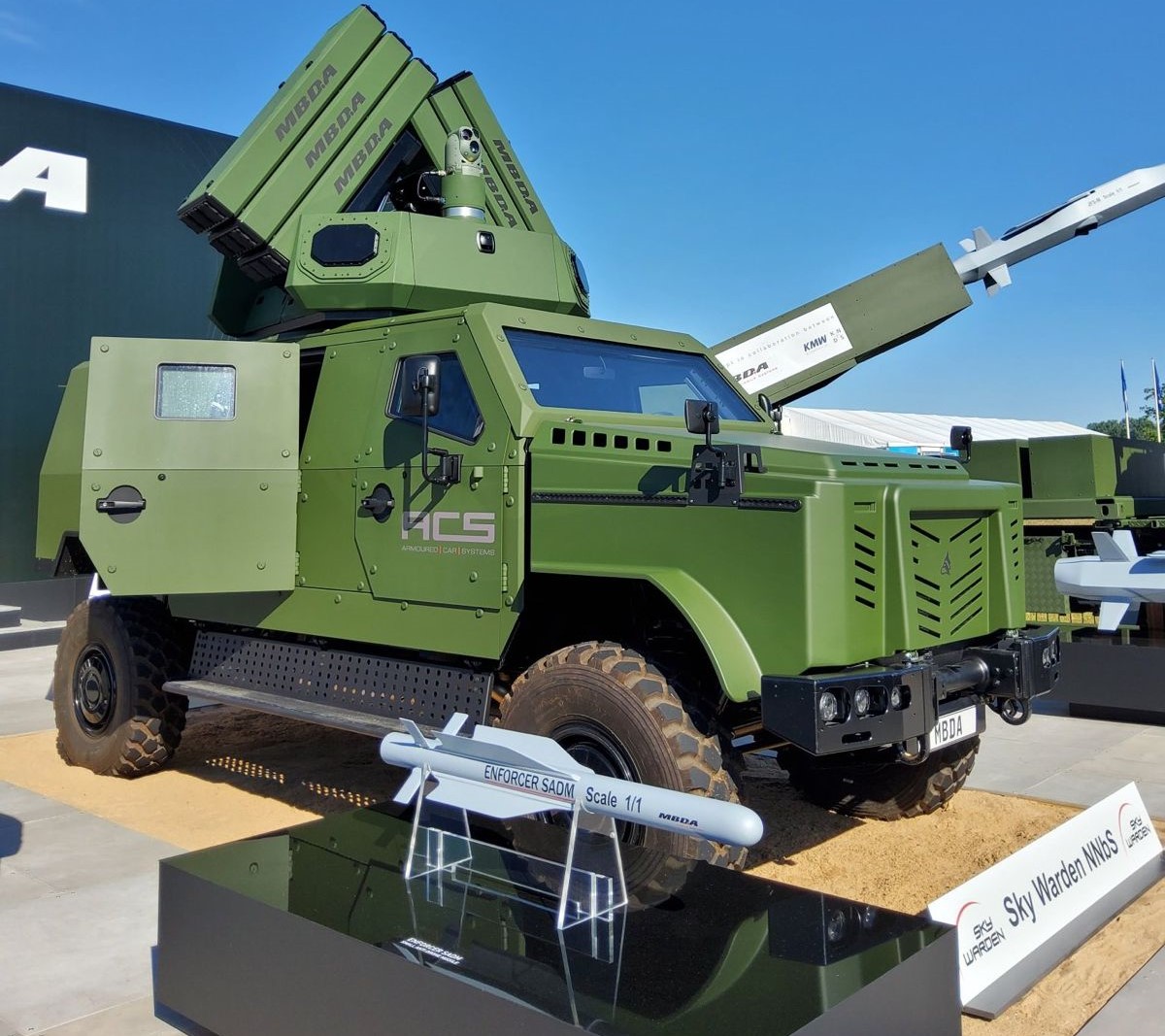
Unlike the standard Enforcer, which uses a combined day and night optical guidance system, SADM employs a different seeker, though details remain unspecified.
Airbus has set an ambitious timeline for LOAD development. The first prototype flight is scheduled for 2025, and operational deployment is planned for 2027. While this might seem like an already rapid pace for the European defense industry, today's security realities call for even greater urgency.
Read more: russians Showcase Pantsir-SM-SV in Operational Service for the First Time



